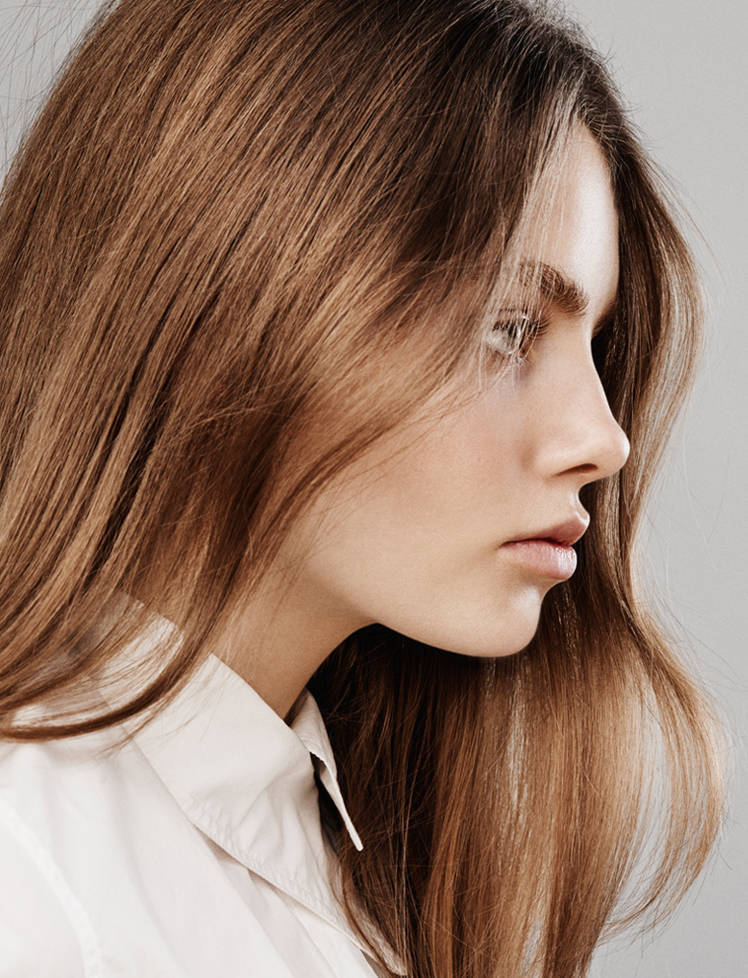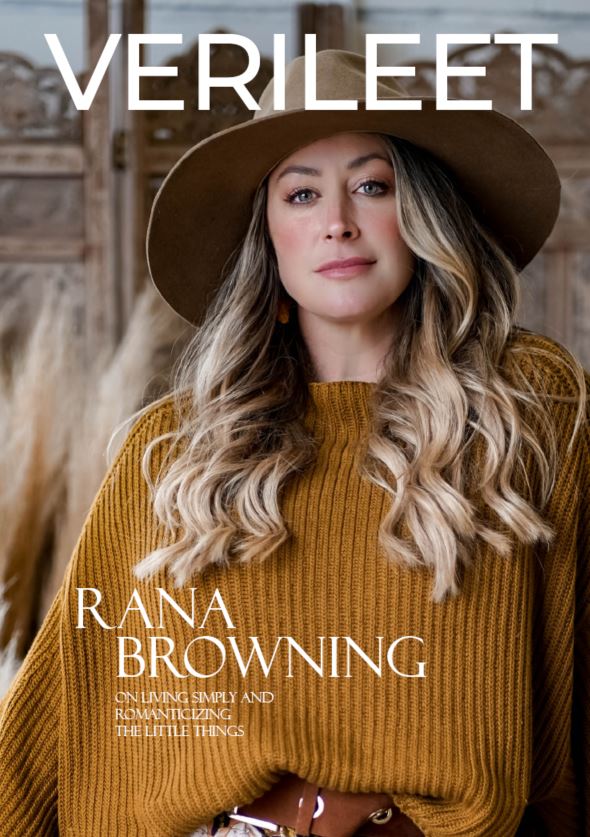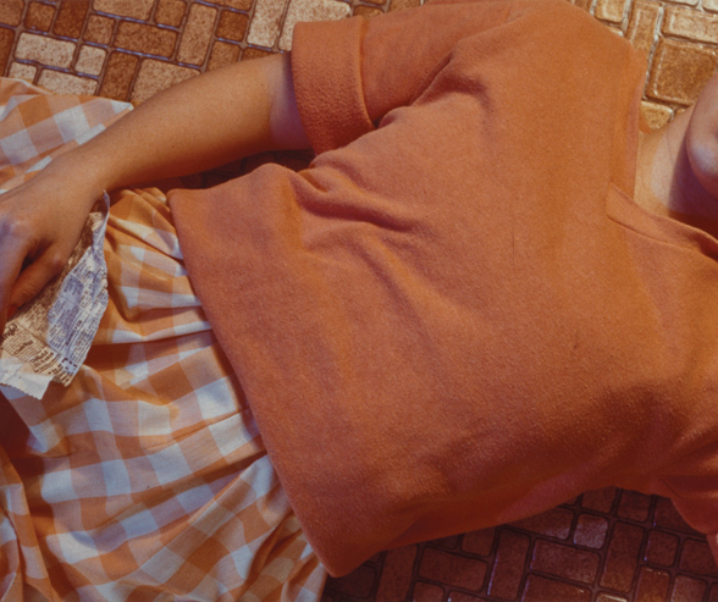Aesthetics. Art and propaganda. Melancholia over idealistic landscapes. color versus greys and expressive labor over subjugation. What is any of it but a visualized politics? But the body taking to plucking and refurbishing, fine furnishings, as a mirror of the decade it beats through? Like impressionism, like fauvism, the aesthetics of beauty are steeped in social, political, and economic cultural shifts, ever-moving and innovating. The eyebrow is no different in its taking on of social shifts in the air, greatly apparent in the last one hundred American years.
The Roaring 20’s – 1920s
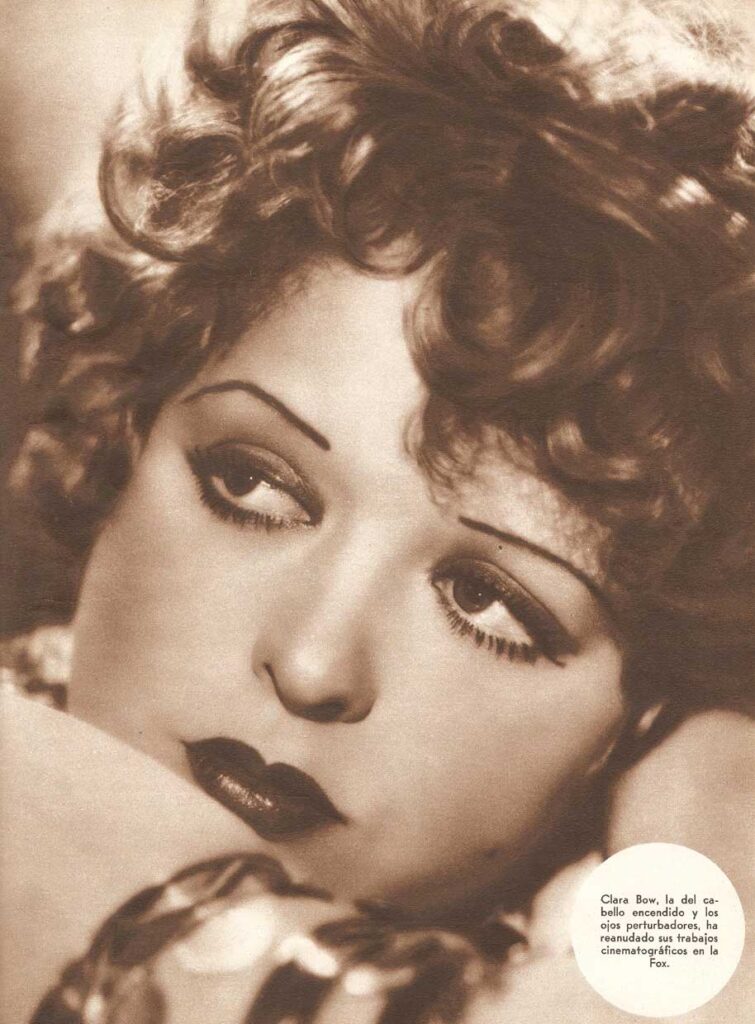
Oh, Gatsby! The Jazz Age was all about social, economic, and cultural freedom (if you were white). With America skipping, jumping, and hopping into number one as the wealthiest country in the world, blissful for its post-World War I era riches, the US was in a time of expansion. Machinery was on the rise, factories were built and were building, standardized mass production picks up industry and fuels capitalism. The post-death pageantry in tandem with wartime conservativity, and the uptick in interest in jazz, saw an interest in creating the appearance of mystery. Eyebrows saw themselves plucked away, extremely thin and downturned at their tails. There was nothing more chic than the melancholic, unattainably highbrow, flapper woman. With technology coming into play as a means for great economic success, perhaps it’s to no surprise that the natural look was no longer “in”.
The Depression Era – 1930s
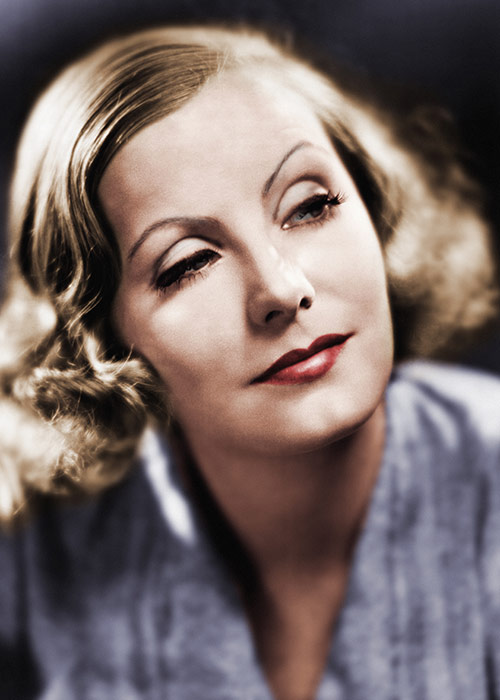
Party all you like, but it eventually has to come to an end. The luxury and excess of the 20s reached its grinding and pearl-chewing halt come 1929, the stock market crash. Stock prices dropped lower than a 20s brow tail, losing approximately fifty billion dollars in just three years. This isn’t the only trial of the 30s. As families struggled to make ends meet, even with the first production of frozen foods, so started World War II with the Japanese invasion of Manchuria. Tensions continued to rise with the attempted assignation of Roosevelt, the Dust Bowl, and both Hindenburg and the Panay incident. A tumultuous and unpredictable time, spattered with hopeful tidings as the end of Prohibition, the Neutrality Act, and the Fair Labour Standards Act, the sense of unknowing did not escape the 30s aesthetics. Brows remained thin, but with a higher center arch, and an even curve downward at the tip and tail. Opting for a look that was more surprised than melancholic, this beauty trend exemplifies much of the want to return to the economic success of the 20s in the more harrowing and inescapable context of the 30s.
Through Thick and Thin – 1940s
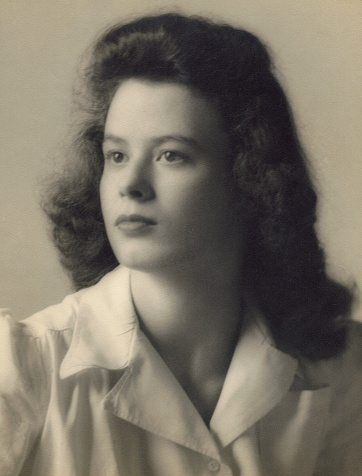
With the continuance of World War II, the 40s saw women taking on roles in the labor force that were otherwise greatly inaccessible. Women were able to overstep the patriarchy, if for a moment in time, to make up for loss in labor force to the war. The increase in manual, and “masculine”, time-staking labour, met by such tragedies as Japanese American internment and Cocoanut Grove fire, and American atrocities like Pearl Harbour, amongst many invasions and battles, made the 40s time focused on producing war over vanity. And then so came the bushy brow. Though brows were still arched, they were thicker, more natural, reflective of a time when there was little time not thinking of killing or survical.
The Golden Era – 1950s
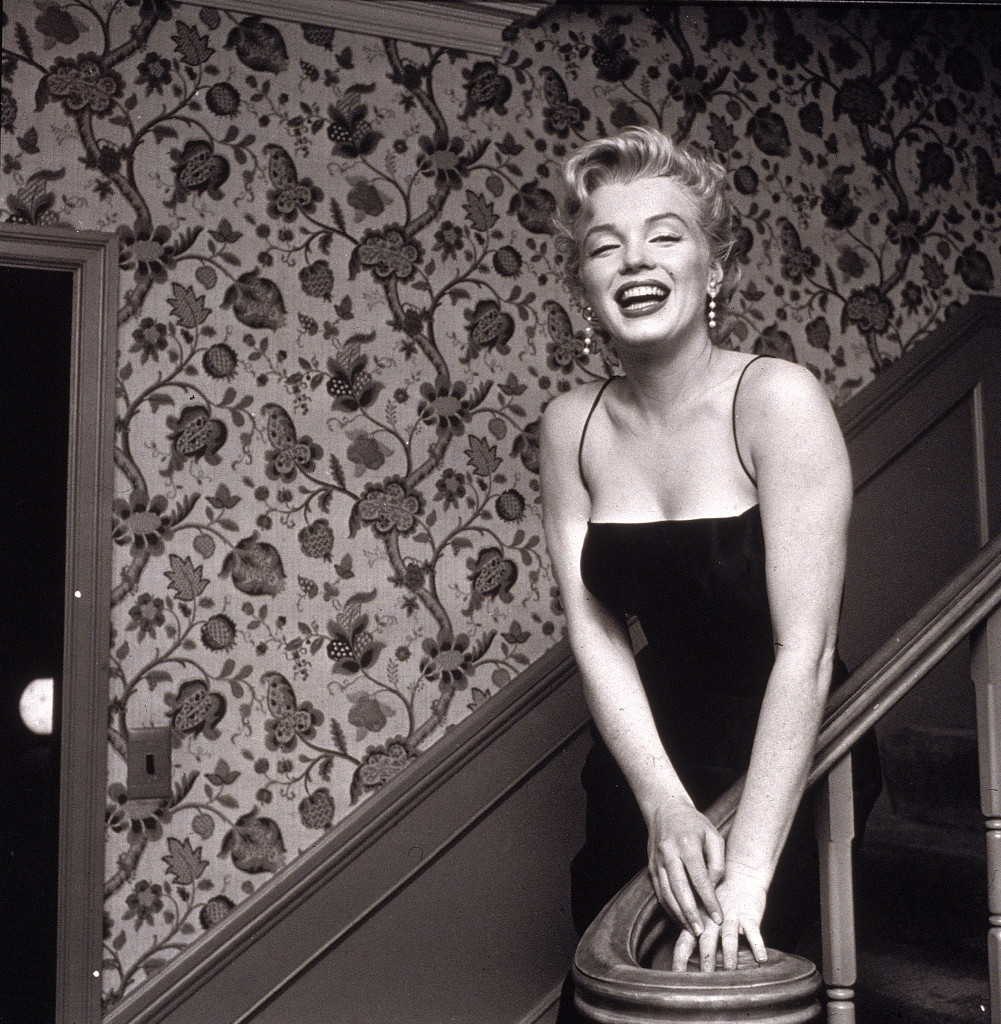
A woman’s white dress flares into the air behind her, caught somewhere between fire and angel wings. She holds it down with two hands in front of her and smiles brightly to the camera with the same charm she carries as she sings “Happy Birthday, Mr. President”. A post World War II economic boom, and economic expansion, led to a decade of materialism, glamour, and the rise of celebrity culture, alongside increased conformity, even during the dawn of the Civil Rights Movement, greatly sparked by the killing of Emmet Till and The Montgomery Bus Boycott. With a focus on materialism and a belief in a future that was wholly prosperous, the middle class became city dwellers and baby boomers became suburbanites, with multiple cars and an uptick in spending for pleasure. The 50s saw televisions becoming accessible, and therefore saw the accessibility of glamourous stars like Marilyn Monroe, Elvis Presley, and Johnny Cash. With this more is more philosophy, eyebrows remained thick and arched, made thicker and darker by eyebrow powders.
Hot and Heavy – 1960s
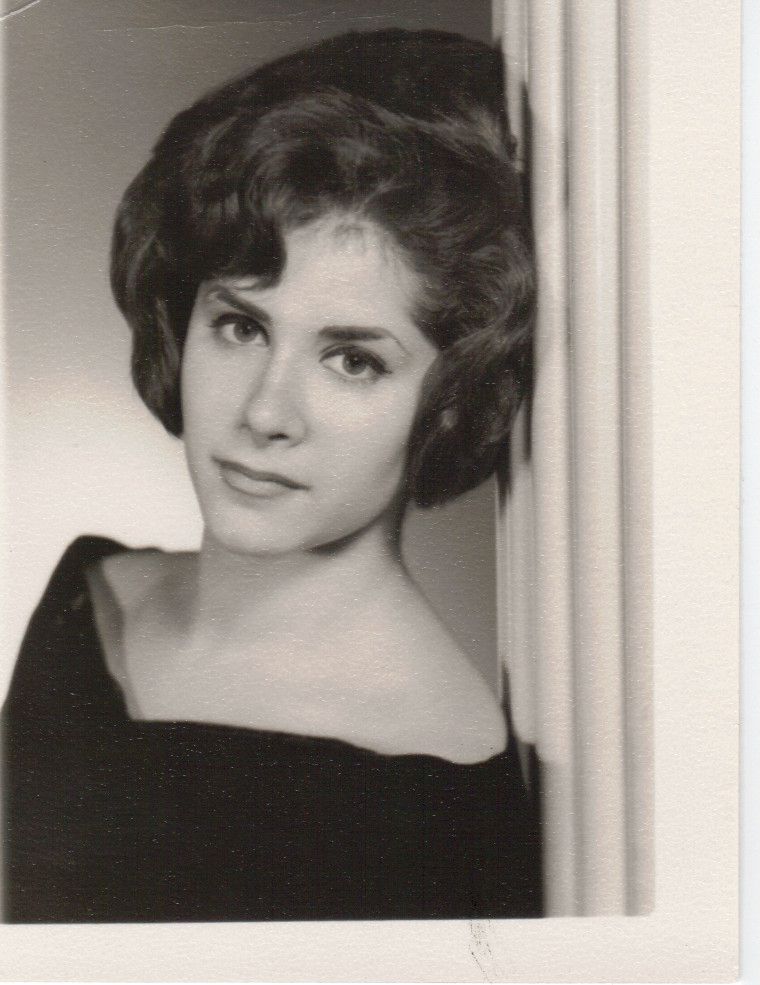
Some call it the most tumultuous decade of the 20th century. The 1960s saw liberalist failures under Kennedy in his New Frontier reforms that aimed towards eliminating injustice in the US, in response to the containing 1950s Civil Rights movement, and the Women’s Liberation Movement, as well as the Counterculture Movement. Kennedy was shot and though Johnson sought to continue some of his work against inequality, the expense of the Vietnam War seemed to take on greater Presidential significance. With the tensions of war and liberation, the Democratic party split, even despite optimism for social change, and riots sprung up country wide. While some kept their brows groomed and arched, continuing fads of the 50s, others were bound in Twiggy-style experimentation that mimicked the fight for freedom springing up across the United States, which included copious amount of brow powder that turned brows from aesthetic ornaments to motifs of expression and freedom.
History Bares Repeating – 1970s
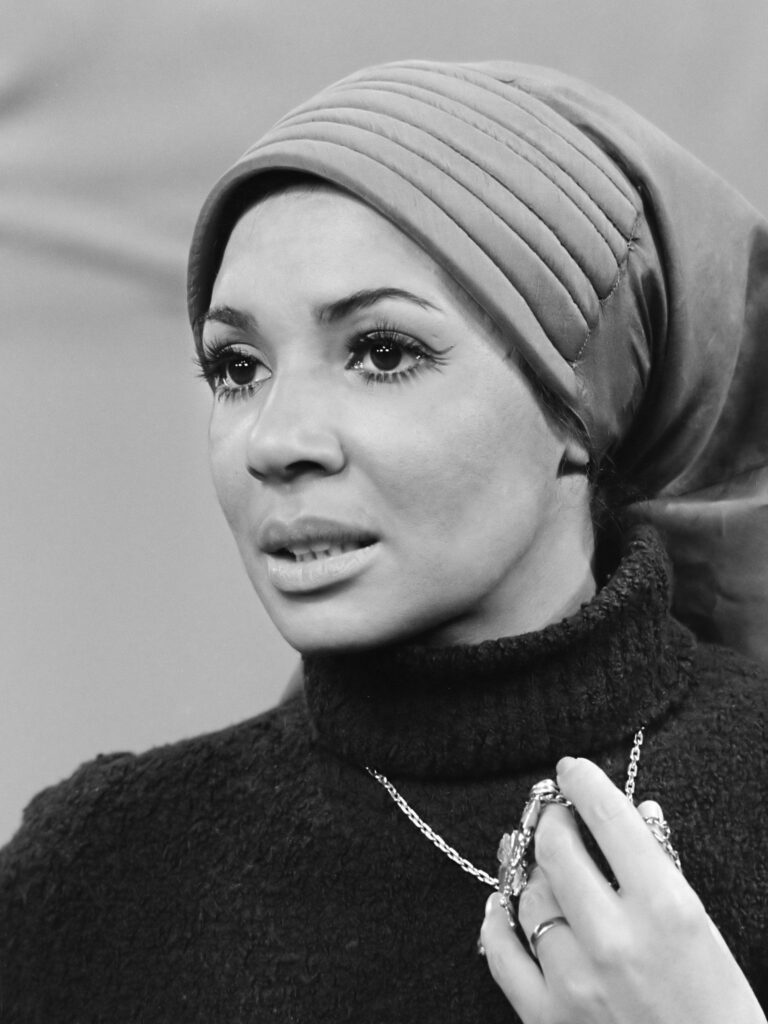
If you got more comfortable as brows got thicker, turn away from the 70s. The 70s continued the 50s and 60s interest in equal rights, as movements for women’s rights, gay rights, and even movement towards environmental protection, saw the light. Social uprisings found themselves difficulty sharing the stage with the continuance of the Vietnam war and Watergate as conservatives adamantly fought for the return to traditional family roles. White folk angered at the want for equality pushed Nixon into office, setting a precedent for questioning the benevolence of government. Even despite this conservative outcry and want for the trend of injustice to continue, liberalism continued to grow, resulting in the first-ever Earth Day and both The Clean Air Act and Clean Water Act. The overwhelming craving of the 1970s liberals to achieve justice and individuality, to fight against oppression, brought thin, but naturally arched, brows back into the fore with minimal makeup, embracing the self.
Iconic – 1980s
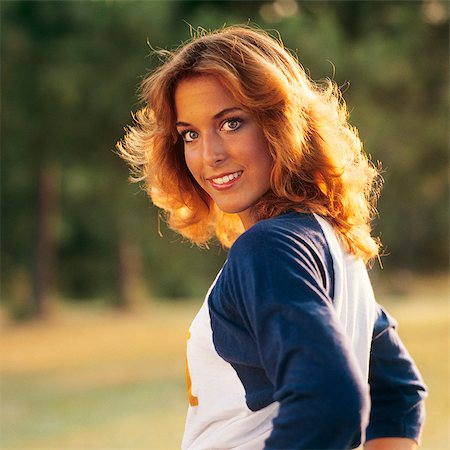
The 80s was a monumental time of firsts, of film, of stars – the return of glamour in a way that was more colorful than any decade before it, or after it. Neons met big hair and tighter than skin leggings in a decade where years of civil rights activism began seeing the effervescent fruits of its riots. A year after Raegan’s election came the first American space shuttle, and then the first woman in space. Sandra Day O’Connor became the first woman on the Supreme Court. Just as women began gaining access to higher positions of power, so did America begin to gain higher access to stardom, as cable television surged in popularity, welcoming stations like CNN and MTV, and the VHS tape started selling in increasing numbers. Not too unlike the 50s, the positive attitude towards celebrity fantasy, and increasing social freedom left a twinge of liberation in the air, glamourizing thick and full brows – at least for a short time.
First It’s In, Then It’s Out – 1990s
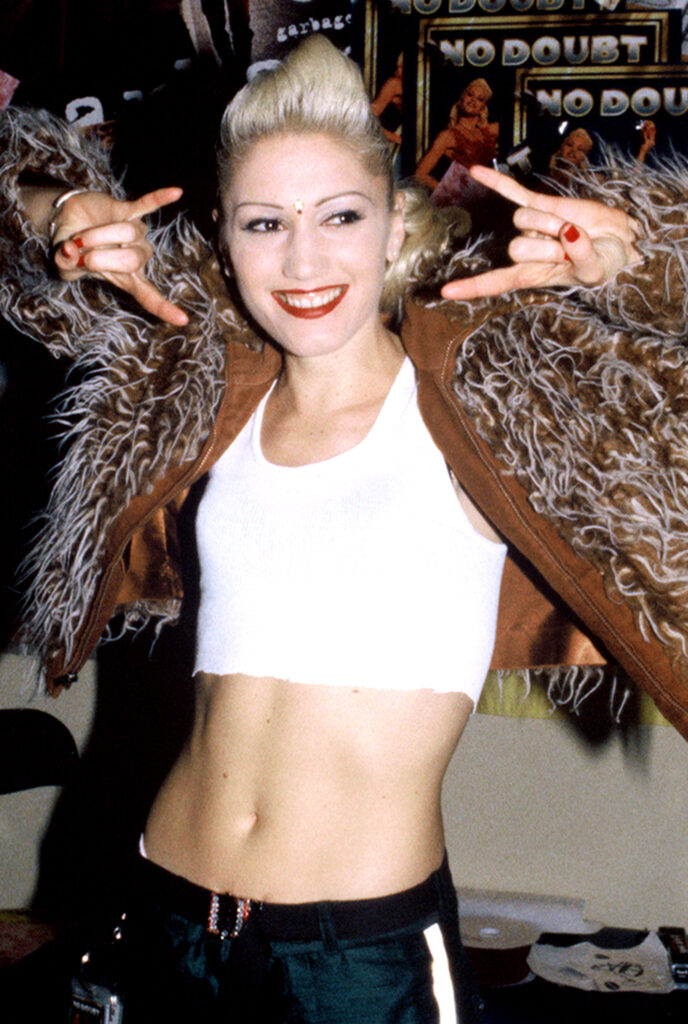
A millennial nightmare, we’ve each been acquainted with the infamous, 20s/30s recalling, 90s brow. A time dominated by attitudes of prosperity, looking to the freeing of Nelson Madnela, the launching of the Hubble telescope, and the economic success of the American victory in the Persian Gulf War. But, like all decades, prosperity is never without social-political penchants for unrest. The 90s also brought the Waco siege, the Bosnian Genocide, the LA tios, and the Columbine shooting. Perhaps it’s the simultaneity of advancement and tragedy in a time of increased access to television and the internet which allowed for feelings of hope and freedom, and therefore conversations with reworking old vanities that brought back the skinny brow. Arched with minimal fill, somewhere between grossly over plucked and natural, the 90s brow exemplified what it meant to feel social, political, and economic success with the high of new media.
Generation Contemporary – 2020s
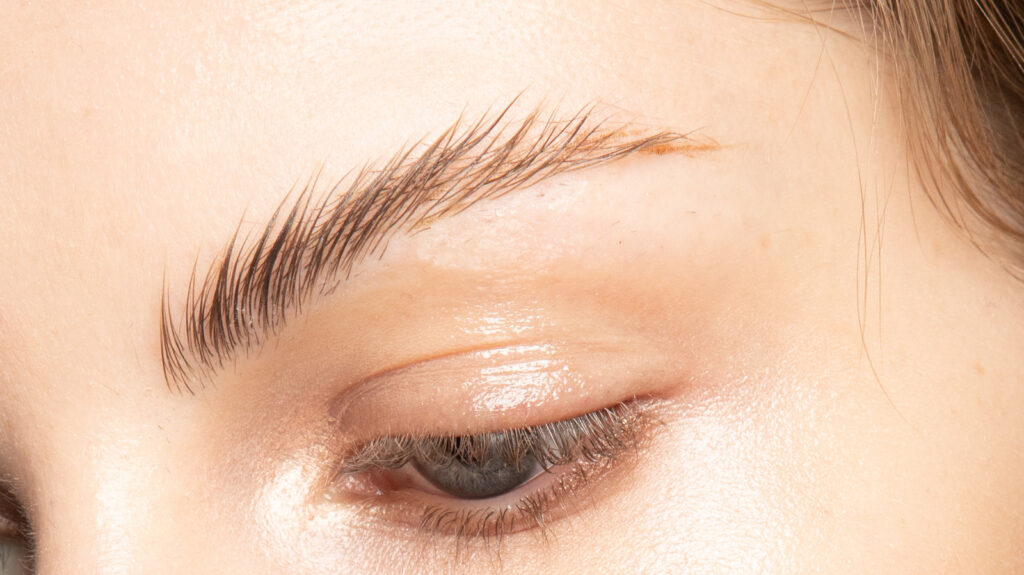
Flying over the 2000s which largely sought to reverb iterations of 90s brow, and 2010, which, with the growing popularity of YouTube tutorials and influencer culture, found us turning brows to pomaded blocks, 2020 is already entering a new phase. Pandemics keep us indoors and isolated, politics is anti-women and anti-black, the economy tanks with little to no governmental assistance, and children who should be in school are advocating for gun laws and environmental action at the UN. Time is changing who is in power, and every moment seeks to dethrone those who won’t even be alive to see the consequences of their actions, or lack thereof. A time where, even with the distance between us, we are fueled by online connections, or put ourselves at risk to protest in the street, we have become thoughtful of economic and moral cost, of the weight of humanity. We have learned to become loyal to ourselves and responsible to each other, at least in the younger generations As the worry of being able to afford groceries rises along with the melting away of the middle class and the ever brooding culture of capitalism, buyers are choosing ethics over vanity. And that is why we see the bushiest natural brows since Brooke Shields, only combed upward with a spoolie and bar soap. With minimalism and ethical buying on the rise, beauty is reshaping itself into the embrace of the natural self and the protection of the natural world over expense.
Self grooming is beyond the trivial and inexact definitions of beauty; it is a reflection of its period. With the eb and flow of economic and natural resources, the involvement in war or peace, the fight for freedom and the fight to take it away, every action becomes a sociopolitical statement. Eyebrows, often thought to be one of the most expressive parts of the face, ar eno different. Now, to wonder what the 2030s have in store.
Rana Browning Cover story

